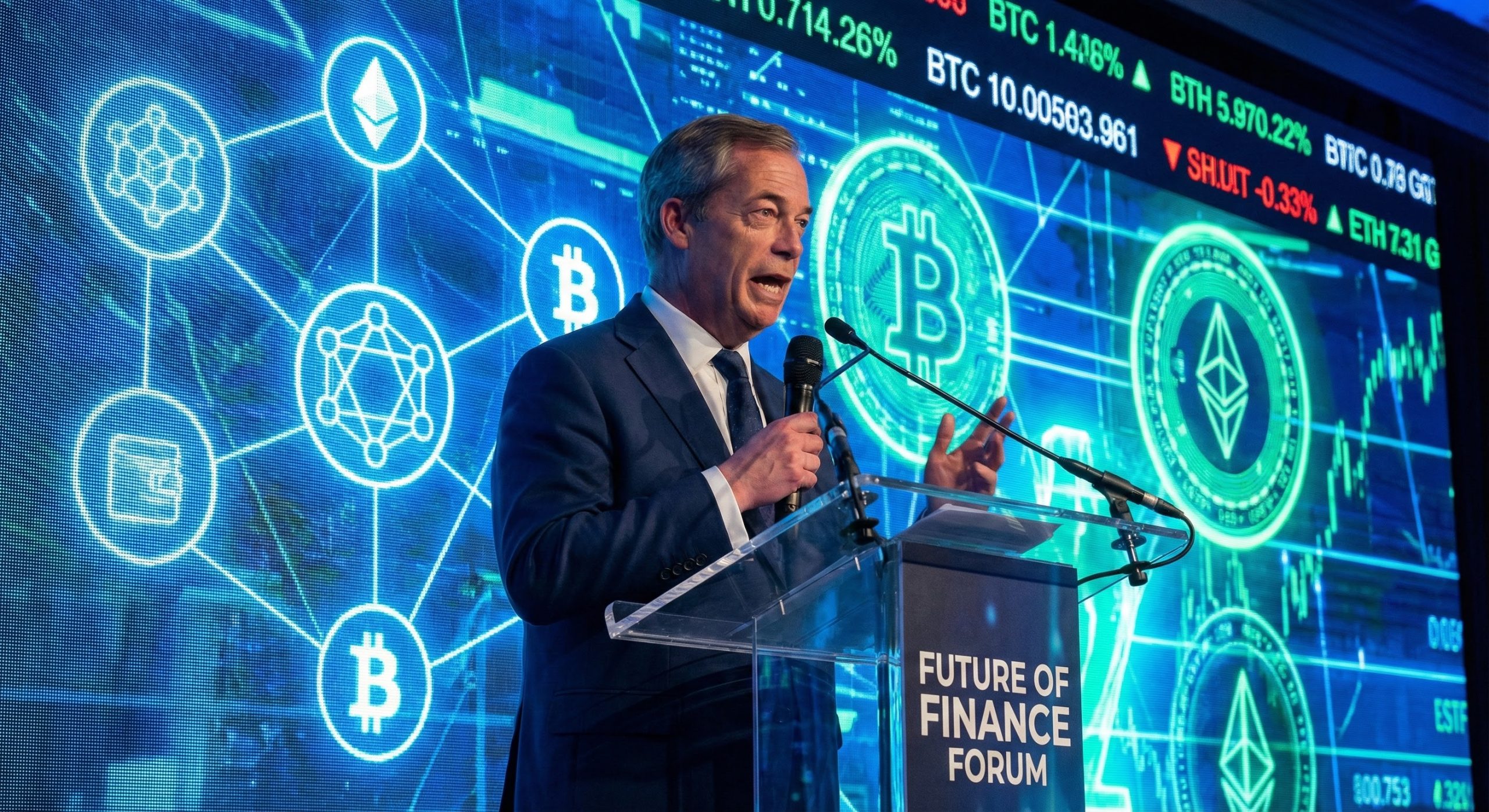The Convergence of Digital Liquidity and Kinetic Warfare: A Deep Dive

The architecture of modern conflict has shifted. While kinetic warfare grinds on in physical trenches, a parallel, silent war is being fought in the digital ledger entries of the global financial system. Recent investigations have illuminated a singular, explosive convergence: the utilization of Western-designed cryptocurrency infrastructure to finance geopolitical conflicts, and the uncomfortable proximity of this illicit financial ecosystem to high-level political movements.
At the heart of this nexus lies Tether (USDT), the $120 billion stablecoin that has effectively become the Eurodollar of the digital age. Theoretically a tool for financial inclusion, Tether has morphed into a critical rail for capital movement that bypasses the chokehold of the SWIFT banking system. This report deconstructs the complex web of the “Russian Laundromat,” the corporate opacity of Tether, and the profound regulatory shifts on the horizon.
Part I: The Instrument — Tether (USDT) as the Shadow Dollar
To understand the utility of Tether in this context, one must discard the notion of it as a mere “cryptocurrency” in the volatile sense of Bitcoin. Tether is, in functional terms, a sovereign-agnostic digital dollar. It offers the stability of the greenback with the censorship resistance of a bearer asset, making it the “Crypto-Eurodollar.”
For sanctions targets, Tether solves the “correspondent banking problem.” In the traditional system, a dollar transfer from Moscow to Beijing must clear through a US bank. Tether removes this step, allowing peer-to-peer value transfer without a New York compliance officer validating the transaction.
The TRC-20 Dominance: The Highway of Least Resistance
A critical detail in the analysis of these financial flows is the specific blockchain transport layer used. While Tether exists on Ethereum (ERC-20), the “Russian Laundromat” and similar networks have overwhelmingly migrated to the Tron network (TRC-20). This preference is driven by cold economic logic:
- Transaction Economics: While Ethereum fees can spike during congestion, Tron fees are negligible. For networks relying on “smurfing”—breaking large sums into thousands of small transfers—this cost differential is massive.
- Speed and Throughput: Tron offers near-instant finality, allowing high-frequency bots to cycle capital rapidly.
- Regulatory Friction: The Ethereum ecosystem is increasingly integrated with Western compliance tools. In contrast, Tron has historically maintained a reputation for less stringent oversight, making it a preferred environment for gray-zone actors.
For merchants and developers, understanding the difference between these networks is vital. While TRC-20 offers speed, USDT payment gateways must be robust enough to handle the compliance requirements associated with these high-velocity flows.
The Blacklist Illusion
Tether Limited frequently cites its ability to freeze assets via a “blacklist” function in its smart contract. However, this mechanism is often reactive. Russian networks utilize Hierarchical Deterministic (HD) wallets to generate fresh addresses for every transaction. By the time an address is identified and blacklisted, the funds have often already moved or been off-ramped. Analysis shows a significant lag between the identification of illicit activity and the actual freezing of funds.
Part II: The Operator — Inside the “Russian Laundromat”
The mechanism by which sanctioned entities access digital liquidity is industrial. Following the exclusion of Russian banks from SWIFT, a parallel financial system was constructed, representing a partnership between intelligence services and gray-market fintechs.
The Garantex-Exved Axis
The linchpin of this system is Garantex, a cryptocurrency exchange operating out of Moscow. Despite being sanctioned, it metastasized into a decentralized model known as Exved, which functions as a “Sanctions-Evasion-as-a-Service” clearinghouse.
- The Domestic Leg: An importer transfers Rubles to a domestic bank account controlled by an agent.
- The Crypto Bridge: The agent converts Rubles into USDT, often via crypto ecommerce platforms or exchanges with deep liquidity.
- The International Leg: The USDT is sent to a partner entity in a neutral jurisdiction like Hong Kong.
- The Settlement: The partner converts USDT to local fiat to pay suppliers.
- The Result: The connection between the Russian importer and the foreign supplier is invisible to the traditional banking system.
Operation Destabilise: The Cash-to-Crypto Pipeline
The UK National Crime Agency’s (NCA) “Operation Destabilise” revealed how these networks source liquidity. Syndicates like Smart and TGR operated a “reverse laundering” scheme. They collected physical cash from organized crime in the UK and swapped it for clean cryptocurrency (USDT). This USDT was then funneled to Russian-controlled wallets, effectively allowing street-level crime to subsidize geopolitical procurement.
Part III: The Financier — The Crypto-Equity Dilemma
The narrative extends beyond the blockchain to the intersection of finance and politics. Christopher Harborne, a British businessman and significant shareholder in Tether’s parent company, serves as a crucial link. Harborne reportedly holds approximately 12% of Tether Holdings, a stake acquired after the Bitfinex hack “bail-in.”
The Political Mega-Donor
Harborne has converted crypto-generated wealth into significant political influence, donating millions to Euro-skeptic movements like the Brexit Party and Reform UK. This creates a structural alignment between the business model of Tether—which thrives on light-touch regulation—and political platforms advocating for “crypto-freedom.”
While Harborne’s legal team maintains he is a passive investor with no operational control, the situation highlights the “Crypto-Equity Dilemma.” Political donations derived from gray-zone assets are effectively used to lobby for policies that may preserve that very gray zone, complicating the path toward standardized crypto invoicing and transparent financial regulations.
Part IV: The Politician — Reform UK and the “Crypto Hub”
Nigel Farage and Reform UK have positioned themselves as champions of “financial sovereignty,” campaigning to make the UK a global “crypto hub.” Proposals include tax cuts for crypto assets and legislative protections against “debanking.”
“The UK cannot simultaneously be a compliant partner in the Western security alliance and a safe haven for unregulated stablecoins used by adversaries.”
However, the involvement of figures like George Cottrell, a former aide with a US wire fraud conviction, complicates this vision. Operating out of Montenegro, Cottrell’s continued influence suggests that the party’s “crypto expertise” may be drawn from the very operators regulators are attempting to scrutinize. This raises questions about whether deregulation would simply open the door for networks like the “Russian Laundromat” to operate with impunity.

Part V: The Law — The Regulatory Siege and the GENIUS Act
The era of permissive neglect is ending. The geopolitical risks exposed by these investigations have spurred Western governments into legislative action that threatens the current unregulated stablecoin model.
The US Nuclear Option: The GENIUS Act
In the United States, the Guiding and Establishing National Innovation for U.S. Stablecoins Act (GENIUS Act) fundamentally rewrites the rules:
- 100% Reserves: Stablecoin issuers must back tokens 1:1 with cash or short-term Treasuries held in segregated accounts.
- Extraterritoriality: The Act extends to foreign issuers. If Tether wants to be used by US persons, it must comply.
- Ban on Algorithmic Stables: The Act effectively creates a whitelist of permitted payment stablecoins.
This legislation places immense pressure on issuers. To comply, they must implement strict KYC (Know Your Customer) protocols. For businesses, this signals a shift toward regulated alternatives like USDC on ERC-20, which prioritize transparency and compliance over anonymity.
Conclusion: The High Cost of Easy Money
The investigation into the convergence of crypto-assets and geopolitical conflict reveals a financial ecosystem that has outpaced its legal frameworks. Tether is a technological marvel—a friction-free global dollar—but its utility has been weaponized in the absence of regulation.
As the “gray zone” is erased by legislation like the GENIUS Act, the crypto industry stands at a crossroads. The future belongs to compliance, transparency, and integration with the legitimate financial grid. For merchants and platforms, utilizing robust integration tools and compliant payment gateways is no longer just a best practice—it is a necessity for survival in the new regulatory era.
The “Russian Laundromat” exposes the double-edged sword of crypto-libertarianism. The same tools that promise freedom from the state also offer freedom for the adversaries of the state. In the banking halls of London and the legislative chambers of Washington, the cost of that freedom is now being tallied.

